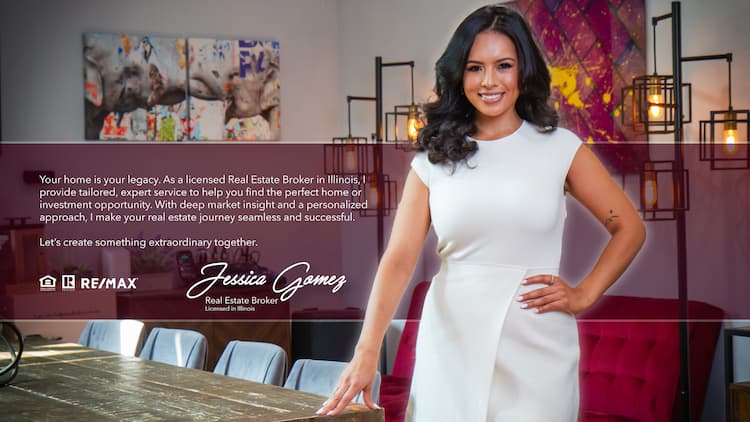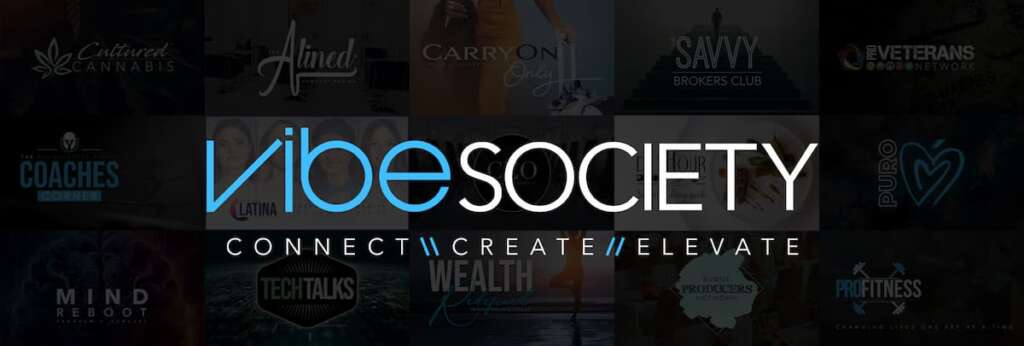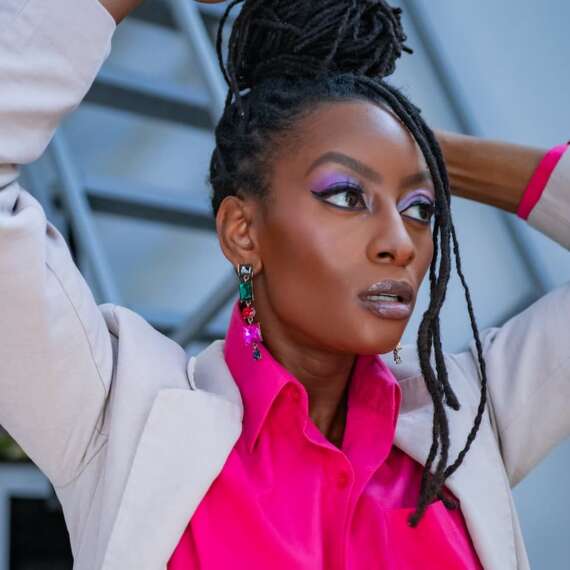Fashion once treated visibility like oxygen. The louder you were, the more relevant you seemed. But in 2026, that illusion is fading. The industry has learned that attention is not authority. Visibility can amplify noise; influence creates movement. They are not the same currency anymore—and for brands, confusing them has become an expensive mistake.
Social media promised democratization, but what it delivered was distortion. Millions of followers became the shorthand for success, even when the connection was shallow. The algorithm rewarded spectacle over substance, pushing creators to chase metrics instead of meaning. For a while, it worked. Campaigns looked viral, dashboards looked full, and brand managers could show the numbers. But then came the quiet realization that visibility wasn’t translating into value. Audiences were scrolling, not buying. The surface was expanding while the depth remained the same.

According to NielsenIQ, brands that prioritize engagement quality over reach see up to 46% higher ROI on influencer partnerships. The data exposes what intuition already knows: not all eyes are equal. A niche creator with ten thousand followers can outperform a celebrity with ten million if their community trusts them. The difference lies in credibility, not scale. That’s why micro and mid-tier influencers—once dismissed as “small”—now account for more than 60% of successful campaign conversions in fashion, according to CreatorIQ’s 2025 report.
The industry is also recognizing a new layer of influence—what marketing analysts call “invisible authority.” These are the stylists, photographers, and consultants whose names rarely trend but whose decisions ripple across the industry. They might never post an outfit reel, yet they determine what ends up in campaigns and editorials. Their influence isn’t public—it’s structural. It shapes opportunity rather than visibility. For brands, learning to engage this hidden network is now a competitive advantage.
Executives, too, are redefining what it means to hold influence. In B2B fashion, quiet credibility has overtaken performative visibility. You see it in how industry leaders communicate—not through viral interviews but through panels, mentorship programs, and thought leadership that moves markets. A LinkedIn post from a respected creative director can shift perception more effectively than a viral TikTok because it reaches decision-makers, not just spectators. The new hierarchy of impact measures who listens, not who watches.

Cultural alignment has also emerged as a more accurate gauge of influence. Brands now look beyond reach to ask: does this person’s worldview fit our values? The rise of socially conscious consumers has made authenticity the single most valuable brand asset. Partnerships that feel transactional are losing traction, while those built on shared purpose—like Pangaia’s sustainability collaborations or Fear of God’s faith-driven community projects—resonate deeply. Influence has become less about who talks the loudest and more about who speaks with conviction.
Even data analytics is catching up to this shift. Engagement rate used to be the holy grail; now, conversion sentiment and cultural relevance are the new metrics. Tools like Traackr and Dash Hudson track qualitative impact—how content changes brand perception, not just interaction volume. The findings are clear: campaigns that evoke emotional or ethical resonance outperform those that rely on viral tactics by as much as 37%. Emotional trust has become the algorithm that no platform can fake.
For creators, this shift offers liberation. You don’t need to manufacture constant visibility to matter. You need to build clarity. The most effective voices are those who understand their lane and guard it. They’re selective about partnerships, intentional with storytelling, and patient enough to let consistency compound into trust. Influence built on substance doesn’t spike—it sustains.

For brands, the lesson is equally practical: stop chasing impressions and start cultivating alignment. Visibility can inflate numbers, but only trust builds markets. Whether you’re working with a global ambassador or a regional stylist, measure the energy they transfer, not just the exposure they provide. Influence is the ability to move people—emotionally, socially, or financially—not just to be seen by them.
The fashion industry, perhaps more than any other, understands the power of illusion. But it’s also learning that metrics without meaning are just decoration. In a culture addicted to attention, the real influence belongs to those who don’t need to perform it. The future belongs to the quiet persuaders, the tastemakers who lead from authenticity rather than algorithm. Visibility will always have its place—but influence, the kind that endures, happens in the spaces you can’t see.











